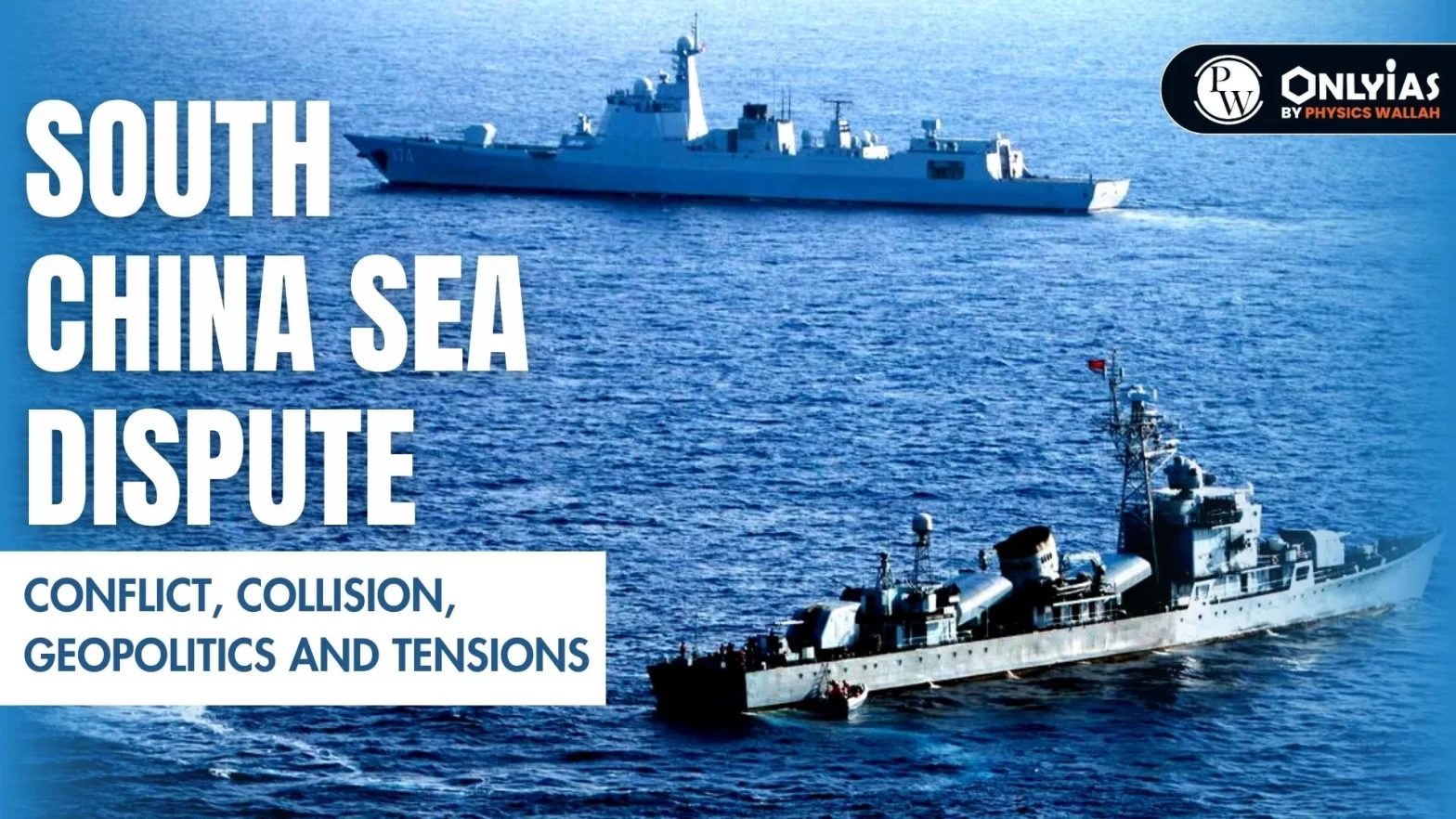Context: Recently, the Philippines has accused a Chinese coast guard vessel and a military supply boat of being near the disputed Second Thomas Shoal leading to escalation of tension in the contested South China Sea.

About Permanent Court of Arbitration:
|
|---|
Second Thomas Shoal:
|


About UNCLOS:
|
|---|
| Must Read | |
| NCERT Notes For UPSC | UPSC Daily Current Affairs |
| UPSC Blogs | UPSC Daily Editorials |
| Daily Current Affairs Quiz | Daily Main Answer Writing |
| UPSC Mains Previous Year Papers | UPSC Test Series 2024 |
The Second Thomas Shoal is a contested area where China, the Philippines, Brunei, Malaysia, and Vietnam assert territorial claims.
The PCA ruled in favour of the Philippines, stating that China's claims over 90% of the South China Sea were illegitimate and that China violated the Philippines' sovereign waters under UNCLOS.
UNCLOS is an international agreement governing marine and maritime activities. It provides a legal framework for balancing the interests of coastal states and seafaring nations, relevant in resolving territorial disputes in the South China Sea.
ASEAN aims for peaceful dispute resolution, but its effectiveness has been challenged. The organization promotes dialogue, yet challenges persist, affecting its credibility in managing the South China Sea conflict.
India isn't a party to the dispute but is concerned about China's assertiveness. India promotes a rules-based order, participates in the Quad initiative, internationalizes Indo-Pacific disputes, and collaborates with Southeast Asian nations for regional stability.
<div class="new-fform">
</div>
